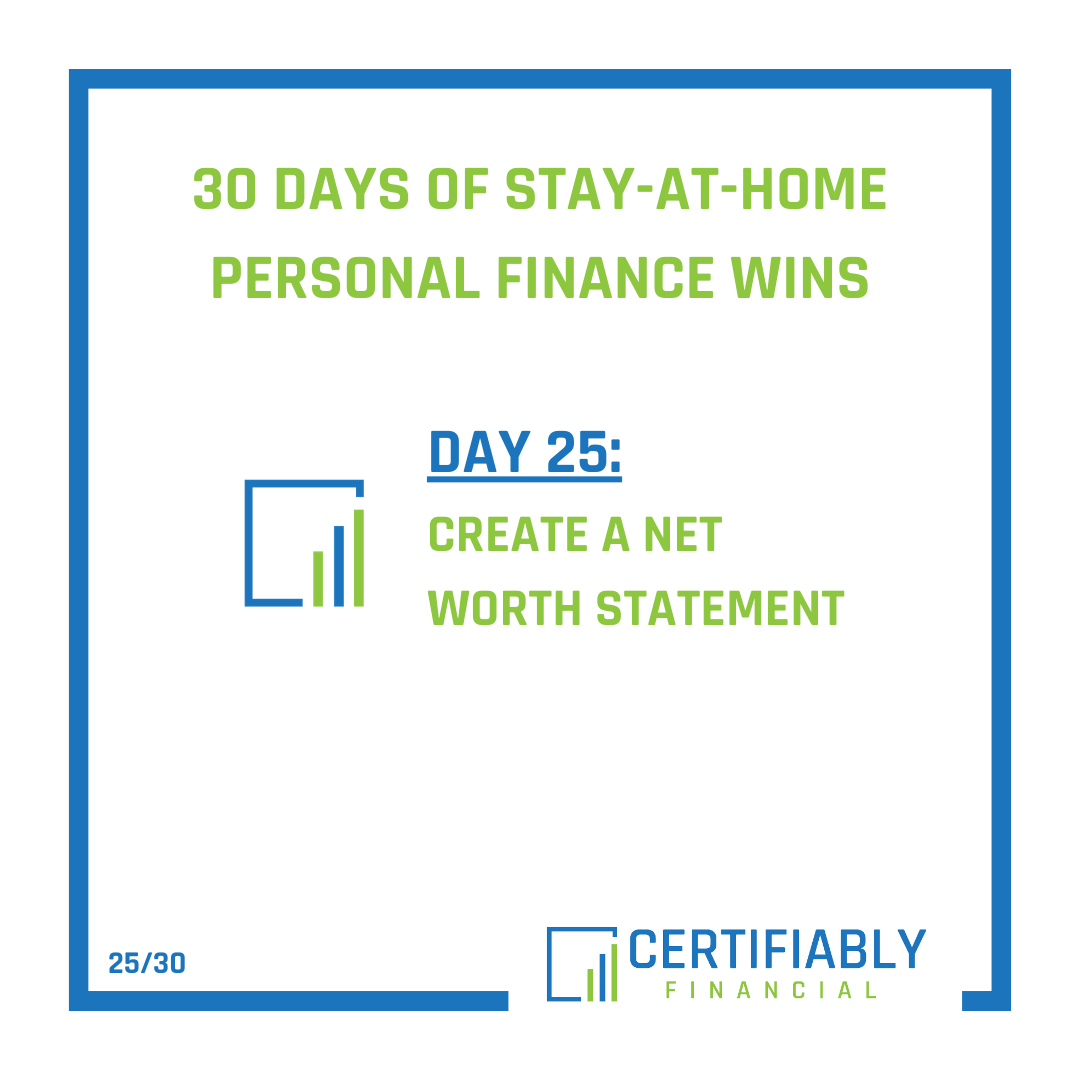What if you were able to come out of this time of social distancing and economic crisis with a stronger and healthier financial life? What if you looked at this as an opportunity to take a little bit of your extra time each day to work on your finances?
Since it takes me about 35 minutes to drive to work in the morning and 45 minutes on the way back home, I have an extra 1 hour and 20 minutes of my day that I don’t have to drive while I’m working from home that I can use to accomplish something. This doesn’t even take into consideration all of the networking and social events that would usually take up some of my time throughout the week.
Obviously, your situation is different than mine (and probably a whole lot different if you have kids at home who would otherwise be in daycare), but I’m guessing that we all have at least a little extra time right now that we can dedicate to our personal finances.
It looks like we’re going to continue to practice our social distancing skills at least through April, and now is a great time to work on creating a better financial situation, so I’m giving you 30 days of stay-at-home personal finance wins throughout April.
Unfortunately, I understand that there are many who have (and who will) lose their jobs during this time of uncertainty and objectively will not come out on the other side of this with a stronger financial situation. Hopefully, many of these personal finance wins can help to lessen the blow and make things easier on them. On the other hand, I think that many of these wins are still relevant to those who are fortunate enough to be in a position to not have to worry about their job and their finances to help them build a healthier financial life.
Day 25: Create a Net Worth Statement
The best way to measure financial health and track financial progress is to track your net worth. Net worth is a great measure of your overall financial health because it includes a lot of different aspects of your financial life like progress towards savings, debt pay down, and investing all in one place.
Tracking your net worth isn’t as hard as it may sound if you’ve followed through on the previous financial wins within this series. It involves logging into your financial accounts (which you’ve already taken care of) once per month and recording some information in a spreadsheet or other app. Whether you go the more manual route like me and use a spreadsheet or prefer to automate it using a service like Mint, Personal Capital, or anything else, tracking your net worth can be a great way for you to see where you’re making progress, where you need some work, and to make sure that there’s no fraudulent activity going on in any of your accounts.
If you’re aggressively invested in equities like me, then your net worth may have gone down over the past month. Keep the long-term in mind. Creating a net worth statement now is a great starting place, but remember that some months it will go down and some months it will go up. Our goal is for it to continue going up over the long-term.
I track my net worth at the end of every month and update my spreadsheet with the account balances and other information that I find within my account logins. I have a reminder on my calendar set for the last day of every month to make sure to login to my accounts and update my spreadsheet.
Here are some articles to help you create a net worth statement:
30 Days Of Stay-At-Home Personal Finance Wins
- Day 1: Understand The CARES Act
- Day 2: File for Unemployment or Short-Time Compensation
- Day 3: Request Forbearance
- Day 4: File Your Tax Return (Maybe)
- Day 5: Commit to Yourself
- Day 6: Practice Financial Distancing
- Day 7: Don’t Panic
- Day 8: Create An Online Shopping Strategy
- Day 9: Find & Store Your Login Information
- Day 10: Review Your Spending
- Day 11: Free Up Cash Flow
- Day 12: Automate Bill Payments
- Day 13: Plan To Increase Your Emergency Fund
- Day 14: Update Your Beneficiaries
- Day 15: Plan for Big Expenses
- Day 16: Create A Debt Pay Down Strategy
- Day 17: Transfer Your Credit Card Balance
- Day 18: Increase Your Retirement Account Contributions
- Day 19: Close Your Old Accounts
- Day 20: Pull, Review, & Freeze Your Credit Report
- Day 21: Find Things To Sell
- Day 22: Review Your Insurance Policies
- Day 23: Review & Update Your W-4
- Day 24: Create a Budget/Spending Tracking System

